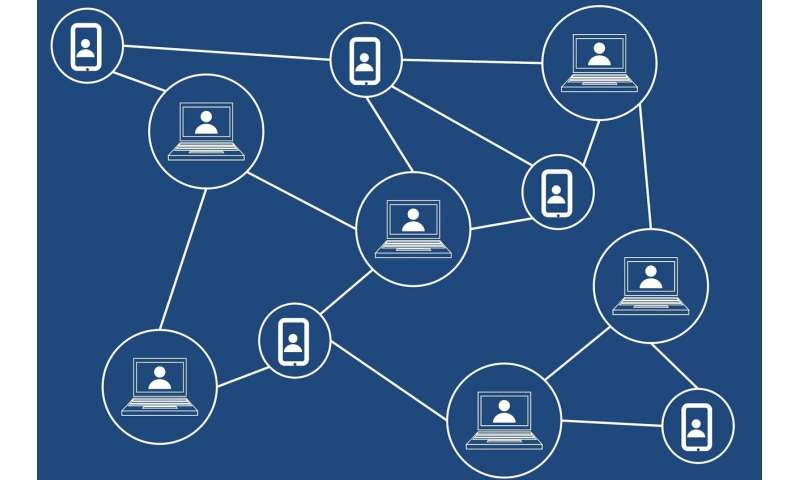Best of Last Week: Solving the three-body problem, a new kind of blockchain and sleep patterns and heart disease

It was another good week for physics as an international team of scientists cracked Newton's elusive three-body problem using traditional mathematics. Also, a team at the University of Bristol discovered that tractionless motion is possible. They showed that it was possible to move something without exerting force on the environment—in this case, cells inside tissues. And a team at Brown University directly measured the "Cheerios effect" forces for the first time—the forces responsible for the clustering of cereal rings in milk in the middle or around the edges of a bowl, rather than dispersal across the surface.
In technology news, a team of researchers at Emercoin announced the development of Randpay, a technology for blockchain micropayments that requires a recipient's consent. And a team at Johns Hopkins University discovered mighty power in a small solar energy invention—a cost-effective, scalable solar concentrator specifically for use with newer models of solar cells. Also, a team with members from Peking University and Xiangtan University highlighted the potential of nanotube digital electronics as a possible substitute for silicon complementary metal-oxide semiconductors. And a combined team of researchers from Purdue University and Adobe Research announced that they had developed a system called LeRop—a deep learning-based model to capture human portraits. It works by having a robot take pictures of subjects at opportune moments.
In other news, a team of researchers from the University of South Australia found that artificial sweeteners may be doing more harm than good by contributing to the development of type 2 diabetes. And a team at MIT announced that a smelly, poisonous molecule may be a sure-fire sign of extraterrestrial life. They found that the presence of a gas known as phosphine could signal the presence of life on other planets because it could be an indicator of anaerobic organisms that do not require oxygen to thrive.
And finally, if you are one of the millions of people around the world worried about dying from heart disease or a stroke, you may want to check out the work done by a team at the Tulane University Obesity Research Center—they found evidence that suggested good sleep patterns could offset the genetic susceptibility to both conditions.
© 2019 Science X Network